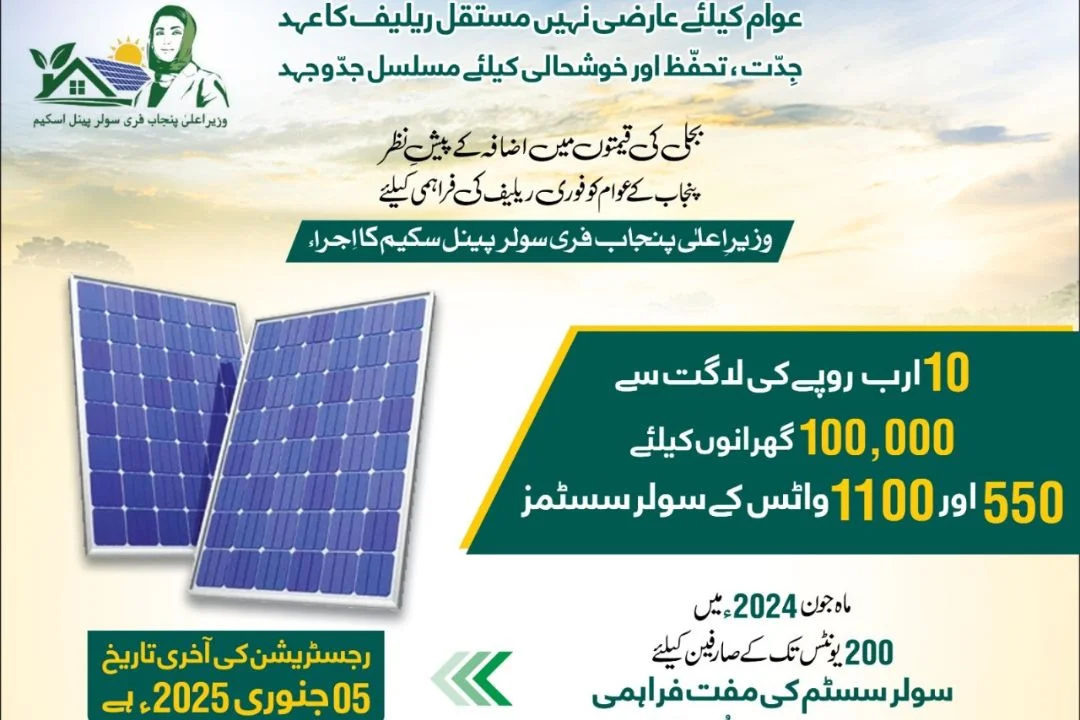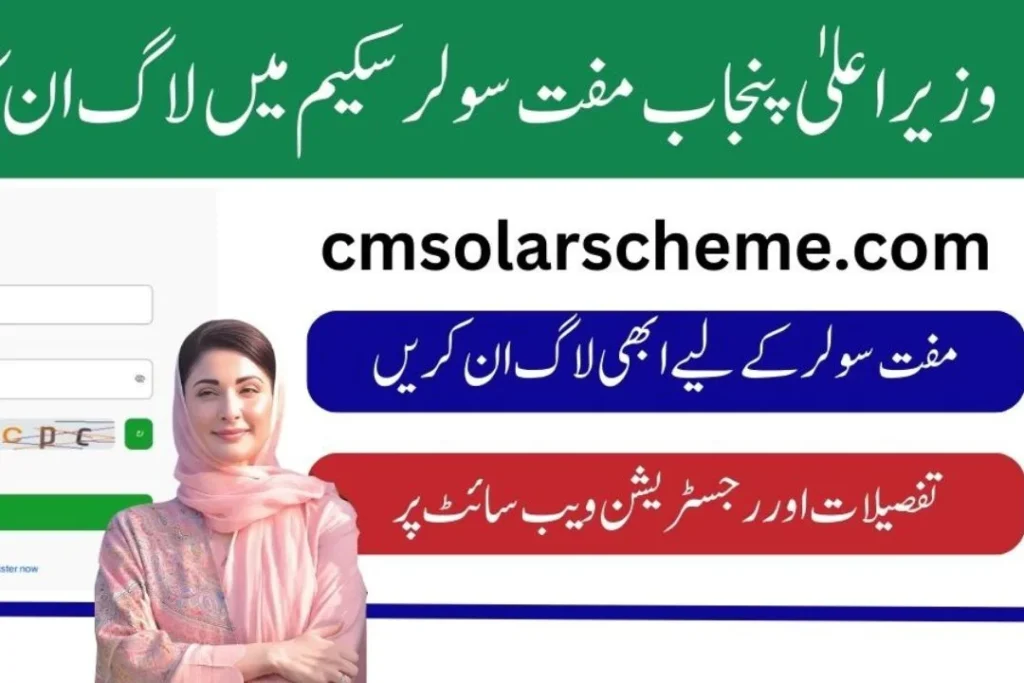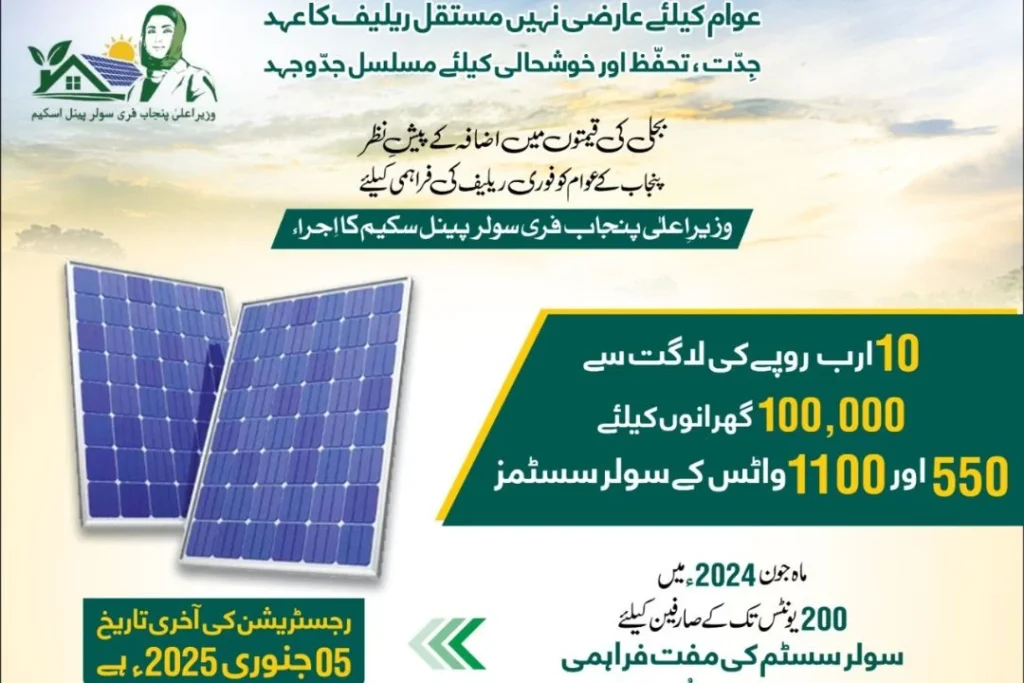
Table of Contents
CMSolarScheme :Empowering India’s Energy Future

The CM Solar Scheme is one of the most progressive initiatives introduced by various Indian state governments to promote the adoption of solar energy among common citizens. This game-changing policy aims to provide affordable, clean, and renewable energy directly to households—particularly those in rural and semi-urban areas.
With climate change concerns mounting and traditional energy sources becoming increasingly unsustainable, the CM Solar Scheme not only addresses energy security but also champions a sustainable lifestyle.
Background and Evolution
The roots of the CM Solar Scheme can be traced back to the broader vision of India’s National Solar Mission. Realizing the need to decentralize energy production and distribution, several Chief Ministers across Indian states initiated customized solar programs tailored to their regions.
This evolution was fueled by the increasing affordability of solar panels, international commitments to reduce carbon emissions, and the urgent need to electrify off-grid communities.
Objectives of the Scheme
The scheme is grounded in three key objectives:
- Cutting Down Fossil Fuel Dependency – Reduce reliance on coal and gas-based power plants.
- Promote Green Energy – Accelerate the shift toward renewable energy.
- Empower Rural India – Bring consistent electricity to villages and small towns that struggle with frequent power cuts.
Key Features of the CM Solar Scheme
Here’s what makes this scheme standout:
- Free or Subsidized Solar Panel Installation: Especially for economically weaker sections.
- Battery Backup Systems: Ensure power during non-sunny hours.
- Smart Energy Meters: Track usage and generate real-time reports.
- Inclusive Approach: Special consideration for SC/ST communities, widows, and people with disabilities.
Eligibility Criteria
You can benefit from the CM Solar Scheme if you meet the following:
- Permanent Residency: You must be a permanent resident of the respective state.
- Income Bracket: Prioritization for households earning less than a defined threshold (usually INR 2 lakh per annum).
- Priority Groups: Includes BPL families, farmers, and women-led households.
Application Process
Applying for the CM Solar Scheme is pretty straightforward:
- Visit the Official Portal of your state’s renewable energy department.
- Register Yourself with Aadhaar, PAN, and address proof.
- Upload Documents such as electricity bill, ration card, income proof.
- Track Your Application using the portal or helpline number.
Offline applications are also accepted at Panchayat offices or electricity boards.
Implementation Mechanism
The execution involves:
- State Government Oversight: Setting targets and funding the initiative.
- Local DISCOMs: Handling installations and maintenance.
- Vendor Empanelment: Only certified vendors can install panels, ensuring quality and accountability.
Financial Assistance and Subsidies
The financial model typically works like this:
- Central Government Subsidy: Covers 30–40% of the system cost.
- State Subsidy: An additional 30–50% subsidy depending on region and category.
- User Contribution: Often reduced to less than 10% of the actual cost.
The return on investment (ROI) is favorable, with most households recovering costs through savings within 5–6 years.
Impact Analysis
The results speak volumes:
- Over 10 Lakh Households Electrified in some states.
- Significant Reduction in Monthly Bills, sometimes by 80%.
- Massive Environmental Benefits, including thousands of tons of CO2 emissions avoided each year.
Success Stories
Take the story of Rekha Devi, a widow in rural Uttar Pradesh. After getting a solar setup under the scheme, her children now study under bright lights without power cuts. Or consider Ramesh, a farmer in Maharashtra, who runs his irrigation pump with solar power—saving thousands annually.
Challenges and Limitations
Despite its success, the scheme faces hurdles:
- Installation Delays in hilly or remote areas.
- Technical Glitches due to poor maintenance.
- Limited Awareness, leading to fewer applications in some regions.
Government Monitoring and Feedback System
To tackle challenges, the scheme includes:
- 24×7 Helpline Support
- Mobile Apps for Real-Time Monitoring
- Grievance Redressal Cells in every district
Comparison With Other Solar Schemes
| Scheme | Focus Area | Subsidy % | Unique Feature |
|---|---|---|---|
| CM Solar Scheme | Residential users | Up to 90% | State-specific customization |
| PM-KUSUM | Farmers | Up to 60% | Solar pumps for agriculture |
| Rooftop Solar | Urban households | 30-40% | Grid-connected rooftop units |
Future of the CM Solar Scheme
The roadmap ahead includes:
- Wider Geographic Coverage
- Introduction of AI and IoT to optimize solar generation
- Integration with EV Charging Infrastructure

Conclusion
The CM Solar Scheme is not just a welfare program—it’s a revolution in how energy is generated and consumed. By giving power back to the people—literally—it lays the foundation for a greener, more sustainable future.
Whether you’re a farmer, a homemaker, or a student, solar power can change your life. The sun shines for everyone—why not harness it?
FAQs
1. What is the lifespan of the solar panels provided under the scheme?
Most solar panels have a lifespan of 25 years, with maintenance required every few years.
2. Can I apply if I already have a rooftop system?
Typically, no. The scheme prioritizes households with no existing solar systems.
3. How do I check my application status?
Use the official portal’s dashboard or contact the local helpline number.
4. Will I need to pay anything upfront?
Minimal or no upfront costs for BPL and priority groups. Others may pay a small share.
5. Who maintains the system after installation?
The empaneled vendor is responsible for maintenance for up to 5 years post-installation.















Leave a Reply